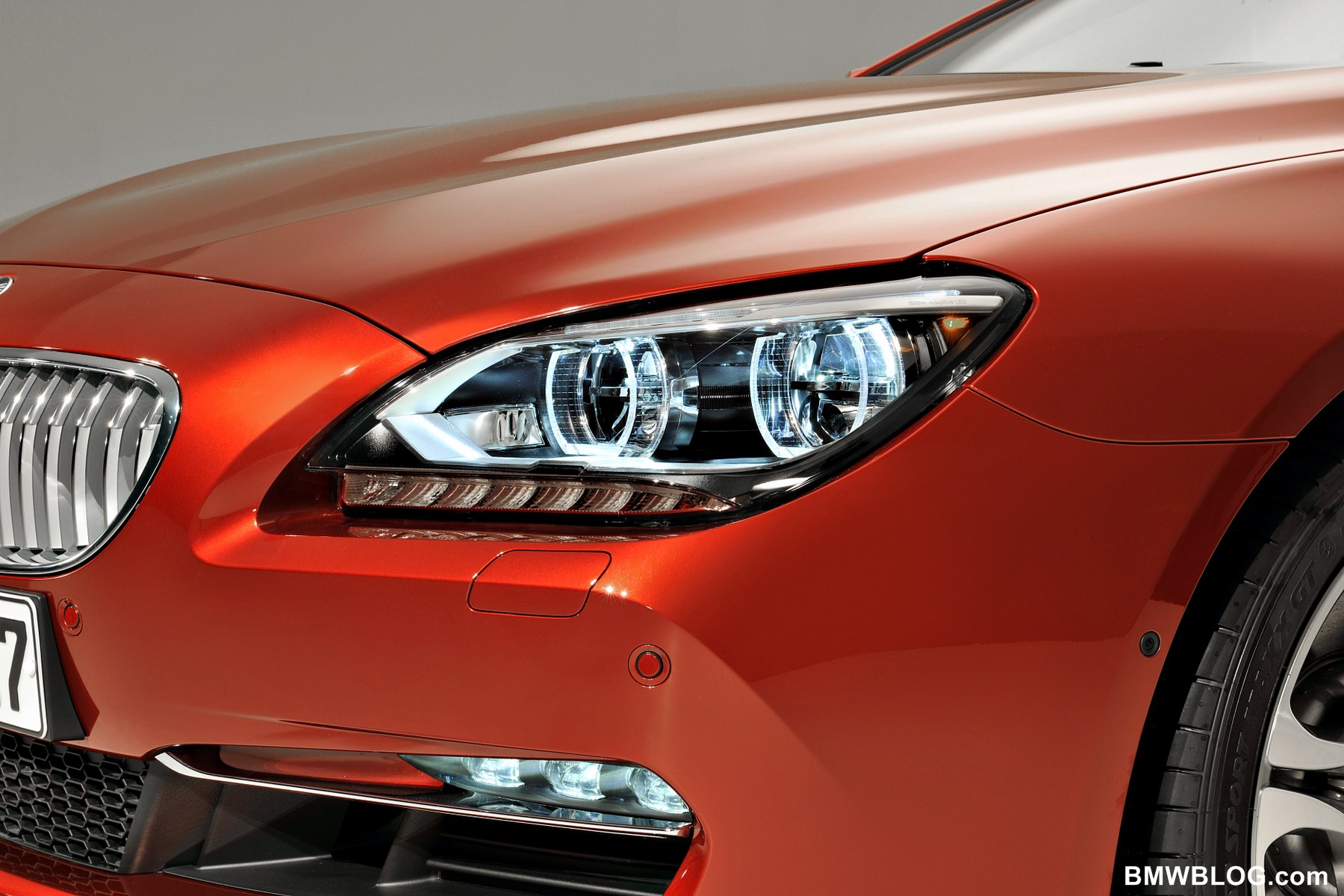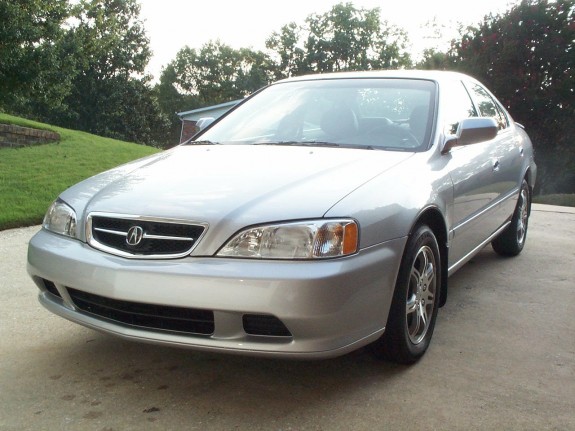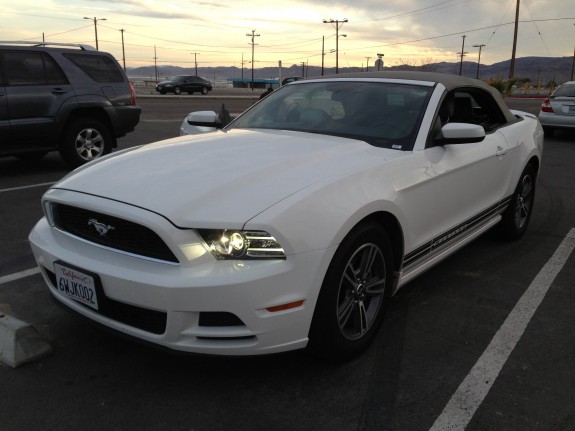Stupid Technology: HID headlights

Headlights are an important safety item on every car. After all, you need to see where you’re headed and what obstacles lie in your path, so that you can avoid them. That’s why in the last decade, High Intensity Discharge (HID) headlights have become increasingly common in cars. Still, many high volume industry stalwarts like the Honda Accord and Toyota Camry have never offered HID headlights. Why not?
We can’t deny that when done properly, HID’s (sometimes also called Xenon’s, after the gas that the bulb is filled with) can produce a brighter, more focused light than a typical halogen sealed-beam headlight. The HID system uses the same or less power to produce more light, and thus is usually paired with a custom-tailored projector housing. The projector directs the extra light to the road ahead, instead of scattering it and blinding other drivers. Sounds like a win-win, so what’s the downside?
Expense, for one. HID systems are expensive and attractive to thieves. If they’re optional, they can cost you dearly – they are a $900 option on the $36,850 2013 BMW 328i, for example. There have been stories of thieves stealing thousands of dollars worth of HID equipment off cars like the Acura 3.2TL and various Porsche’s (sometimes for purposes that are non-automotive). You can pay out of pocket to replace the pricey HID system, or you can pay your insurance company fistfuls of money to handle it for you. Even routine maintenance will cost you hundreds, maybe thousands of dollars – Prius owners found this out the hard way and promptly launched a lawsuit.

The 1999 Acura 3.2TL was one of the first high-volume cars with HID's (and without too, thanks to thieves).
Second, light projection technology (the housing/projector) seems to be behind the ball when compared to light production technology (the bulb). I’ve never owned a car with HID’s, but I’ve had experience with a few different ones. Most recently, a 2013 Mustang with factory HID projectors. It was absolutely terrible, especially when driving through Death Valley. Yes, the lights lit up the road in front of you fairly well…all 100ft of it. At highway speeds, it doesn’t project nearly far enough to save you from danger. The high beams made such little difference that they weren’t noticeable to drivers or passengers except for the indicator on the instrument panel. The salt in the wound was that oncoming cars routinely flashed us when we only had low beams on. And for the naysayers – how does an 8 month old car with 15k miles have headlights that are out of alignment? I refuse to accept that as a reason for the problems we saw.
That Mustang finally made me realize that although HID’s are bright, you really don’t need such bright headlights. The important thing about headlights is to light up a huge land area just a little bit. Instead, HID’s light up a mid-sized area very brightly. When you’re away from civilization and it’s pitch black, your eyes adjust to the brightness directly in front of you, making it hard to see anything past that lit area. Any animals lurking in the shadows should say their final prayers now, because you won’t have a chance at seeing them.

The Mustang's lights were too dark for the driver and too bright for oncoming traffic - figure that one out.
The only saving grace of HID systems is that sometimes, they’re bundled with headlamps that “lean into the turn.” If the projectors actually swing and project light into the turn, that is a feature worthy of a few bills. However, it is probably better to wait for adaptive LED features that German luxury manufacturers are implementing. Audi’s Matrix Beam system is basically an LED headlight that is subdivided into little sections. The headlights are paired with a camera that senses other vehicles, and dims certain sections of the headlight to allow other vehicles to pass in a shadow. The driver gets the best lighting possible, while oncoming drivers don’t get blinded. Unfortunately, the system is currently banned in the USA, but I’m sure that we will see some form of the system in the coming years.

